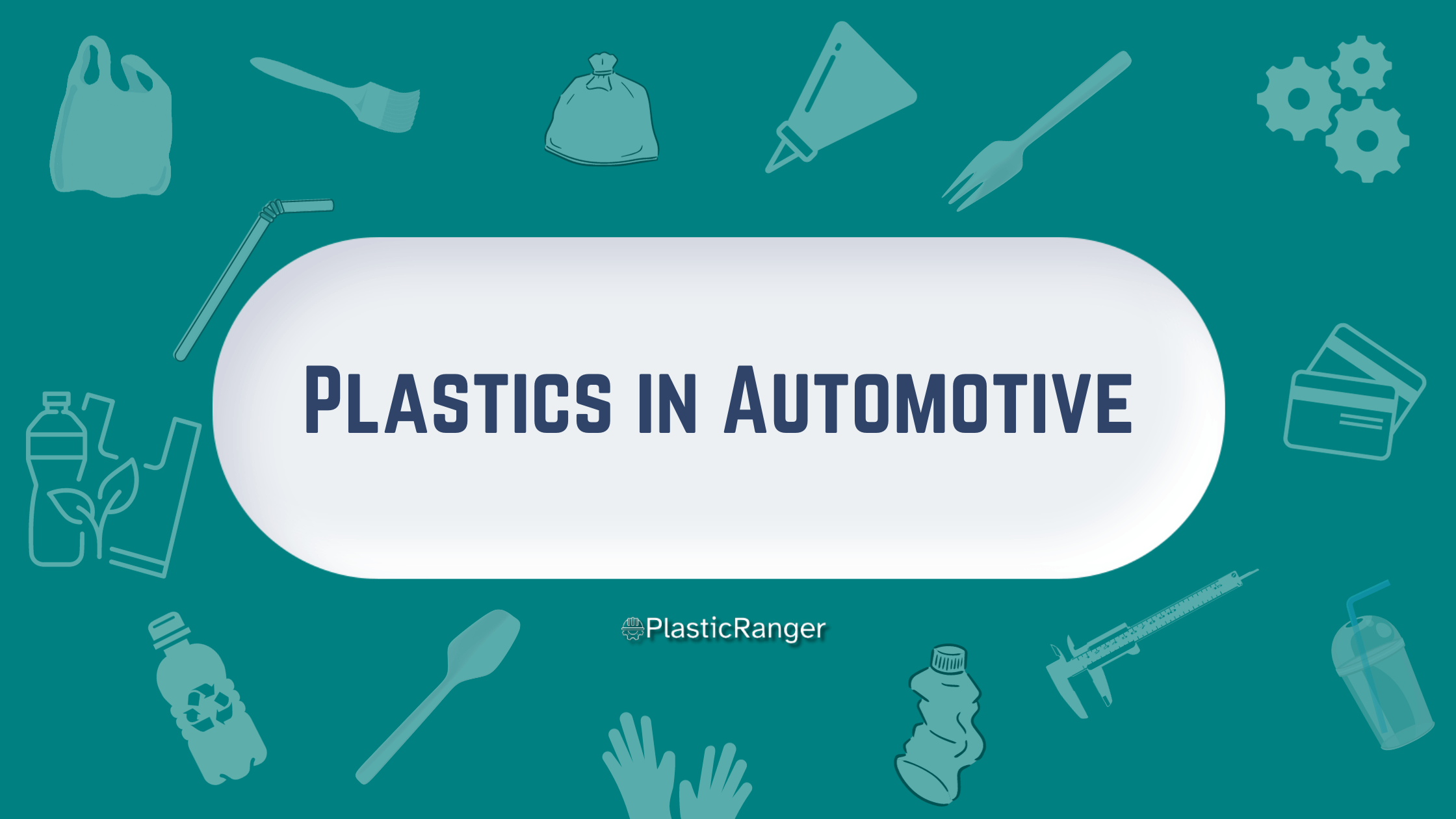Plastics in the Automotive Sector: Advancements, Benefits, and Challenges
In today’s automotive landscape, plastics are an indispensable material. From the early days of simple dashboard components and knobs to today’s sophisticated, fuel-efficient models, plastic materials have become pivotal in vehicle design and manufacturing. Let’s delve into how plastics have influenced the automotive sector, their benefits, and the associated challenges.
Historical Perspective
Historically, automobiles predominantly relied on metals and glass. However, as the industry grew, so did the need for lightweight, corrosion-resistant, and customizable materials. In the early 20th century, plastics replaced traditional materials as decorative elements and critical functional components.
Critical Uses of Plastics in Modern Automobiles
Structural Components: Plastics offer excellent strength-to-weight ratios. As such, they are used in bumpers, door panels, and under-the-hood components, offering resilience while reducing the overall weight.
Interior Features: From dashboard components to seat belts, airbags, door handles, and instrument panels, plastics play a role in virtually every aspect of an automobile’s interior.
Lighting Systems: Plastics like polycarbonate and acrylic are employed in headlights, taillights, and indicators due to their optical clarity and toughness.
Fuel Efficiency: Reduced weight translates to better fuel efficiency. With growing environmental concerns, the use of plastics to decrease vehicle weight has become.
Benefits of Using Plastics
Lightweight: Replacing traditional materials with plastics like polypropylene and HDPE can reduce vehicle weight by 25-50%. This not only enhances fuel efficiency but also boosts performance.
Durability and Resistance: Unlike metals, plastics such as PVC, polycarbonates (PC), and polyurethanes (PU) don’t corrode and are also great UV resistant plastics. Their longevity and resistance to environmental factors like moisture and UV radiation make them a preferred choice for exterior applications.
Cost-Efficiency: Plastics such as ABS, TPR, and Nylon can be molded into complex shapes in a single step, reducing the need for secondary operations, thus cutting down production costs.
Design Flexibility: Plastics like PET, TPE, and polystyrene can be molded, colored, and textured, offering unparalleled design possibilities and enabling sleek, modern vehicle designs.
Safety: Certain plastics can absorb and distribute impact energy, making vehicles safer in a collision. Airbags, a critical safety feature, are also made from specialized nylon fabrics.
Challenges in Using Plastics
Environmental Concerns: Plastics, predominantly derived from petroleum products, have an ecological footprint. Their non-biodegradable nature poses waste disposal challenges.
Temperature Sensitivity: Some plastics can warp or deform under extreme temperatures. It’s vital to choose appropriate plastics that can withstand temperature fluctuations.
Perception: There’s a general belief that metal components are sturdier than plastic ones. Overcoming this perception and ensuring consumers of the reliability of plastic parts is a challenge.
Future of Plastics in the Automotive Sector
With the advent of electric vehicles (EVs), the demand for lightweight materials to offset the weight of batteries will surge. Plastics will play a crucial role here. Additionally, bioplastic advancements—derived from renewable sources—address some environmental concerns associated with traditional plastics.
The future might also witness increased integration of recycled plastics in vehicle manufacturing, further augmenting the sector’s sustainability credentials. In conclusion, plastics have undeniably revolutionized the automotive industry.
Their inherent advantages of weight reduction, design versatility, cost-efficiency, and resilience make them indispensable. However, as with any material, addressing associated challenges is vital, especially from an environmental perspective. With continued research and innovation, plastics’ role in shaping the future of the automotive industry seems only set to grow.
Quick Navigation

